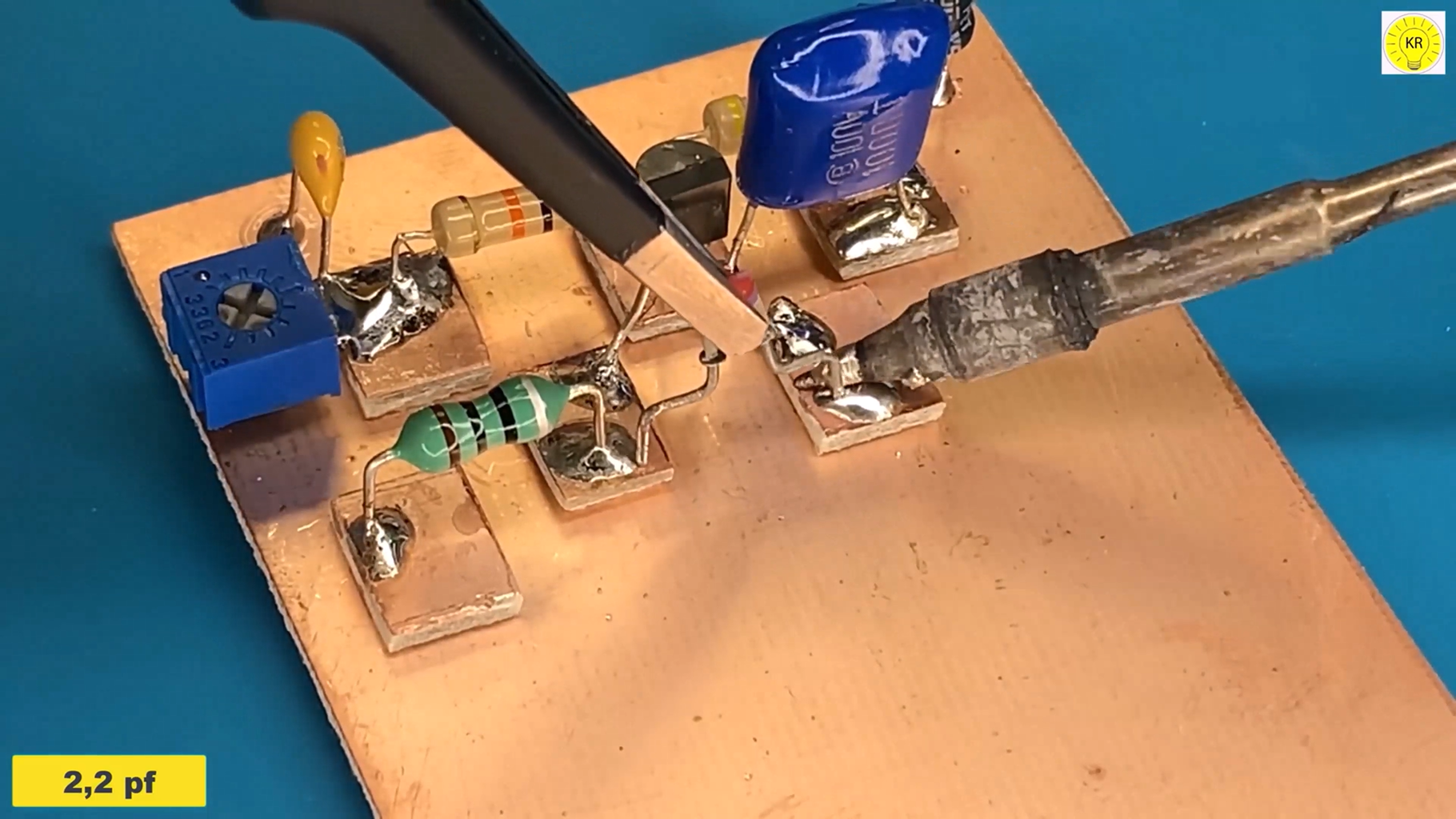How to Make Fm Radio Receiver Circuit Diagram Simple AM radio Circuit using FET Despite having so few parts, the following little AM broadcast band receiver circuit operates astonishingly well. It is possible to remove the tuning coil [L1] and capacitor (CV11) from an obsolete transistor radio; L1 is the loopstick antenna. This video explains how to build a simple AM Radio Receiver (also called Crystal Radio), along with its underlying concepts.

Radio Receivers Part 1: From Scratch: This will be a collection of simple instructions on building an actual radio or two with household items. It will further demonstrate building one's own capacitor(s), and detector diodeagain, from household items. Some care will need to be… Creating an FM radio receiver involves several electronic components and some basic understanding of electronics. Here's a simplified guide for building a basic FM radio receiver using readily available components. Please note that this is a basic project, and the performance may not match commercial receivers. Additionally, be aware of local regulations regarding radio transmission and use. Learn how AM radio receivers work, then choose from three different AM receiver projects to build on your own. In-depth instructions and schematics are provided.

How to Create a Simple AM Radio (with Pictures) Circuit Diagram
Conclusion In conclusion, making a simple radio receiver at home is an achievable project that can provide a great learning experience for anyone interested in electronics. By following the step-by-step guide provided in this article, individuals can gather the necessary materials and successfully build a functional radio receiver. Radio stations broadcast on medium-wave bands and send signals into the air all around us. Only a few simple parts are needed to pick up AM radio waves: some electronic components, wire, a paper tube, and a speaker. Assembly is simple, and

We began our experiments by examining popular designs for radio receivers, such as crystal sets and foxhole radios. There is a basic recipe to build simple radio circuits, and we found many how-to examples and diagrams on websites, YouTube, and in books. Soon we found ourselves more fascinated with the process and experimentation, rather than the end product of replicating others' radio

